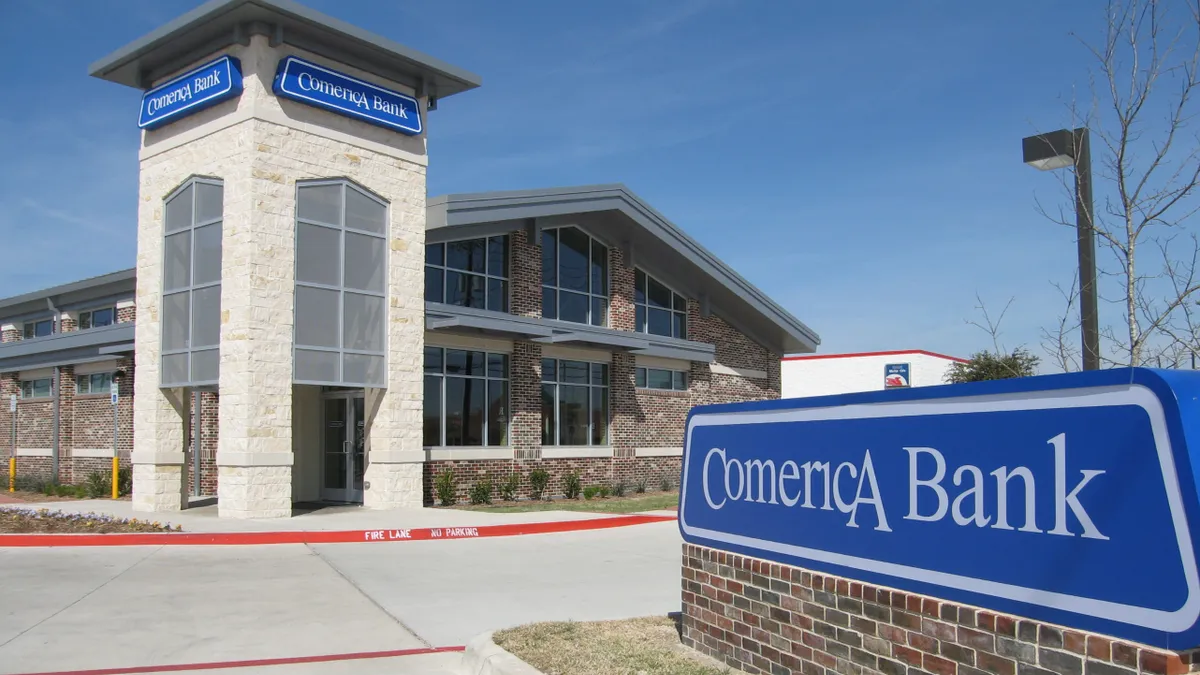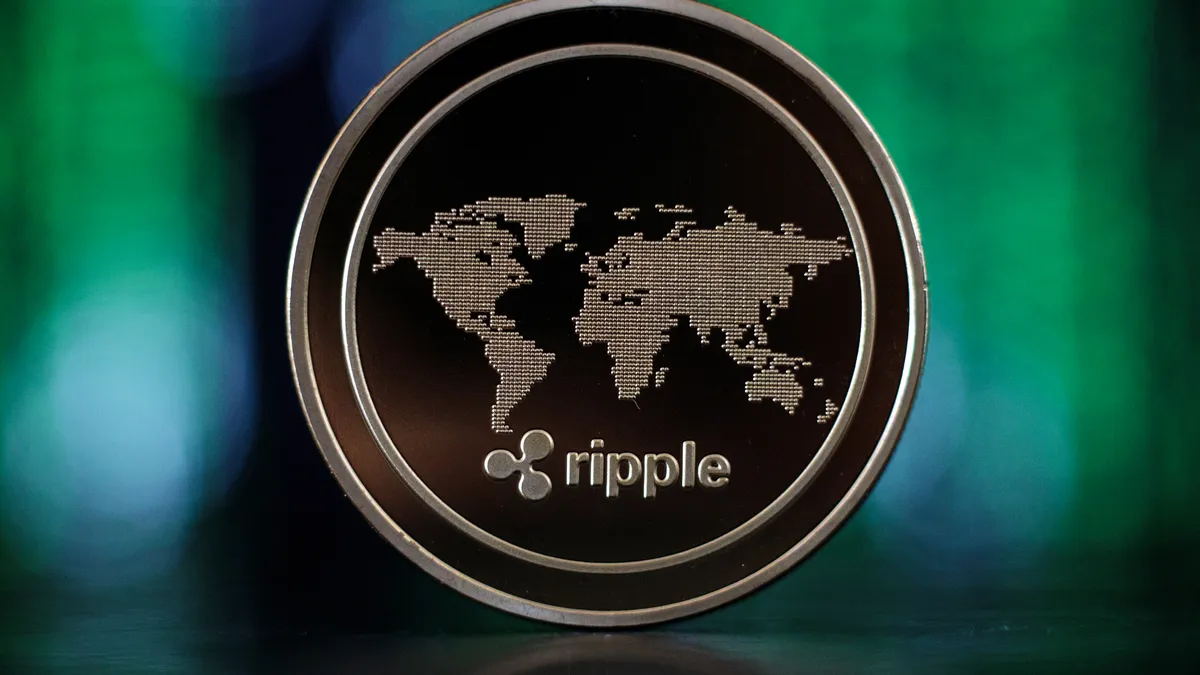The Federal Reserve’s FedNow instant payments system faces participant concern about potential fraud, according to commentary during a Wednesday webcast hosted by the central bank.
That Fed “town hall” was billed as a discussion of new use cases for the real-time payments system, with representatives from the fintech Plaid and the Virginia Department of Treasury joining to share their experiences. But it also touched on fraud repeatedly as some 800 attendees listened in on the webcast.
FedNow’s early volume since the July launch has been “modest,” said Bernadette Ksepka, FedNow’s head of product development. Still, the number of participants on the system has jumped tenfold from 35 financial institutions at the start to about 330 now, she said on the webcast. They range in size from less than $500 million assets to more than $3 trillion and hail from 45 states, she added.
As it’s building out the new system, the Fed is planning to enhance “configurable fraud controls,” among other improvements, she noted as part of a slide presentation. Those tools will be in addition to some FedNow fraud-prevention capabilities and reporting requirements that were there from the start.
“We know that fraud is top of mind for many of you, and it’s definitely top of mind for us,” Ksepka said.
FedNow is aimed at speeding up payments in the U.S., allowing consumer and business transactions to clear and settle within minutes, as opposed to days. The nation is playing catch-up with other countries that already count real-time payments as a higher percentage of their overall payments volume. While the U.S. has had a private real-time payments system in place in the form of the RTP network since 2017, it has made inroads only slowly.
One presenter on the Fed’s webcast Wednesday, Ajay Andrews, who heads product development at the fintech Plaid, underscored the need for users to understand the particular potential risks of any disbursement use case, including the impact of possible account takeovers, “mule” accounts and other scams.
“You need to have some form of intelligence to understand that the receiver is who they claim to be,” Andrews cautioned the webcast audience. “Because the flip side of instant money movement — and we've seen this in other markets, like the U.K. — is that scams and fraud may go up. So, thinking ahead of that, and putting in those controls, is really important.”
The configurable tools the Fed is mulling will allow banks and credit unions to tailor fraud-prevention safeguards to their own needs and risk tolerances, based on the “cumulative value and velocity” of transactions, Ksepka said. Those guardrails will likely be welcome by an industry that has faced a significant increase in fraud in recent years.
“The vision is to allow a participating bank the ability to set limits based on a particular customer segment,” Ksepka said. “For example, a financial institution may decide to set a higher value or velocity limit for its business customers while imposing a stricter limit on those holding, say, a student account.”
Kara Ford, the Federal Reserve Bank of Chicago payment services specialist who moderated the webcast discussion, elaborated on what the new tools might look like.
"Future features under consideration would enable financial institutions to activate a control setting that rejects payments that exceed established velocity limits, or cumulative value over a period of time,” she said. “Later, potential features could provide the ability to fine-tune controls for different types and segments of customers and also identify higher-risk transactions.”
Since September, the Fed has convened a series of meetings with interested financial institutions to discuss the FedNow fraud-related issues in the second half of the year.
Some of the fraud issues discussed included Fed support for financial institutions’ anti-fraud programs, such as network-level tools; participant level limits; information and data sharing regarding transactions; and processes for fraud reporting, detection and investigations, Ford said.
“The feedback we received so far is helping inform and then shape the next set of fraud mitigation capabilities and tools,” Ford said.
Another series of such meetings focused on the potential for the use of alias-based payments and various approaches the Fed might take for incorporating them in FedNow.
“We worked to obtain perspectives and feedback on the market needs, including gaps that are out there in existing alias-based solutions, pain points and concerns around fraud and scams, as well as some security considerations,” Ford said. The “potential alias-based payment facilitation services” and use cases for an alias directory were also discussed, she said.
Earlier this year, FedNow officials discussed high demand for use cases that would require the ability to originate payments on the basis of a phone number or email identity, what the industry refers to as an “alias” that doesn’t reveal other personal information. To accommodate that interest, the central bank has reviewed the development of a FedNow alias directory for financial institutions so they could manage accounts in such an environment.
A spokesperson for the Fed declined further comment related to any FedNow fraud issues.























